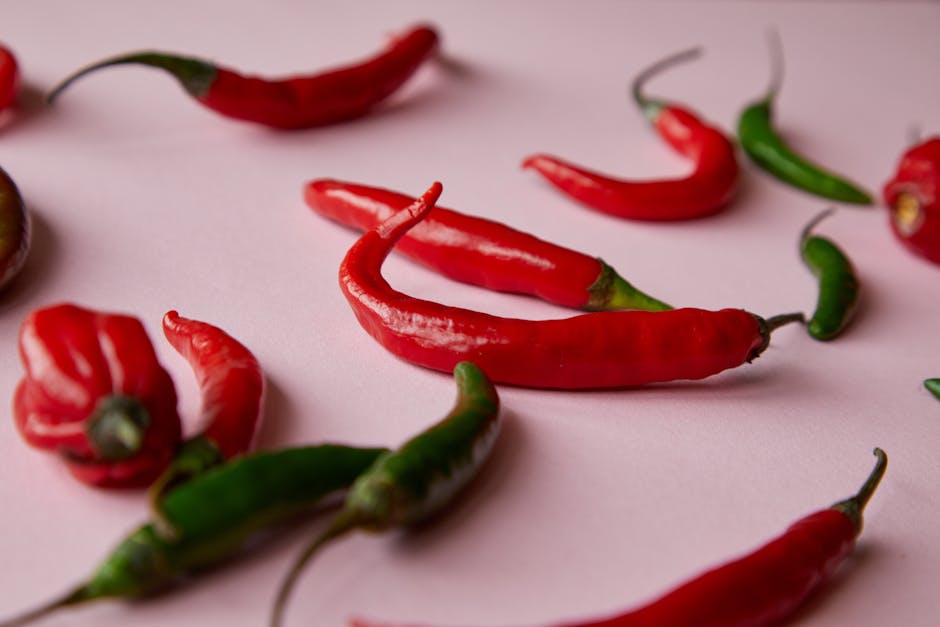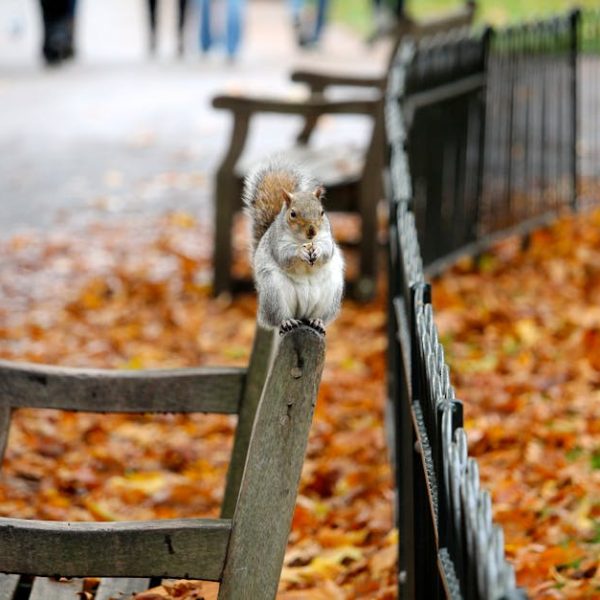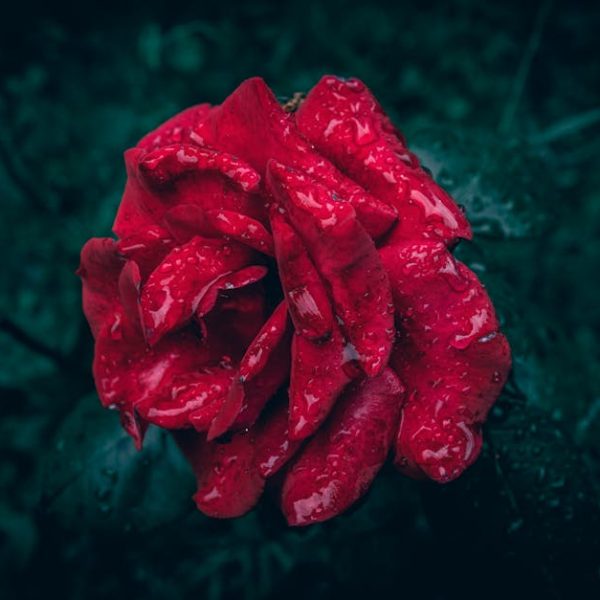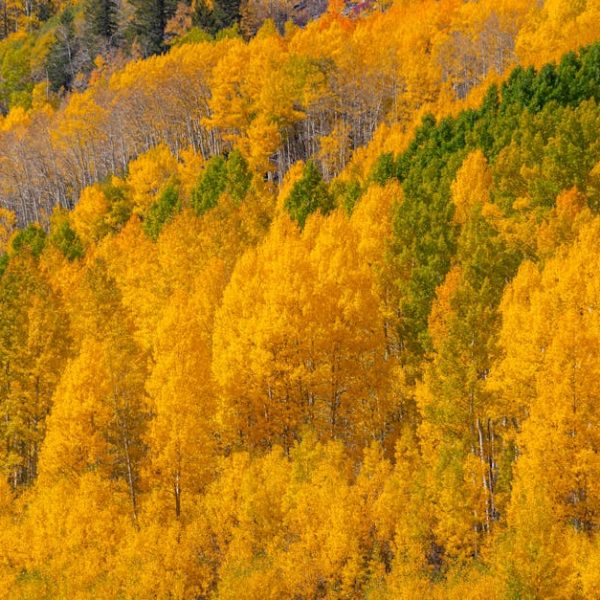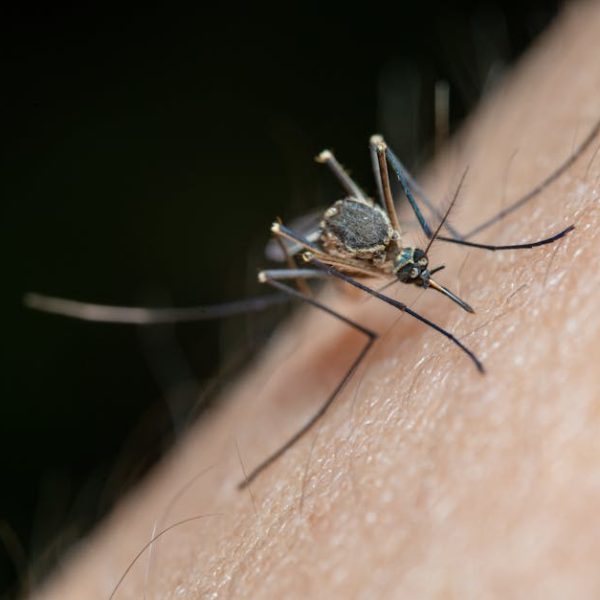The aromatic and mildly hot poblano peppers are real crowd-pleasers in diverse culinary delights. However, to truly savor the taste and texture of these popular chili peppers, it’s imperative to understand the key aspects of their harvesting process. The following guide is designed to lead you through every step of the way.
1. Know When Poblano Peppers Are Ready To Harvest
Growing poblano peppers in your kitchen garden can be both exciting and rewarding. To ensure you’re harvesting at the right time, look for a vibrant dark green color and a size roughly between 4 to 5 inches long. A ripe poblano pepper has a mildly firm feel that indicates it’s ready to be plucked.
- Keep an eye on the color change; healthy poblanos turn from green to a deep, dark green.
- Size Matters: Ideally, poblano peppers should measure 4-5 inches long when they are ripe.
- Feel them: The exterior should be firm but not hard, indicating they’re ready for harvesting.
Pro tip: Harvest your poblano peppers during the cooler hours of the morning, as this can help reduce any potential stress on the plant.
2. How To Correctly Pick Poblano Peppers From The Vine
Picking poblano peppers isn’t merely an act of plucking—it requires care. Gently twist the pepper off the stalk or use sharp gardening shears to cut it, leaving a little of the stem intact, as it helps in lengthening their shelf life.
- Approach your plant with care.
- Twist or cut poblano peppers from the stem instead of jerking or tearing.
- Stay clear of damaging the plant to ensure its continued healthy growth.
Remember, picking your peppers correctly not only allows for a bountiful harvest this year but also sets your plant up for success in the coming seasons.
3. Proper Handling Of Harvested Poblano Peppers
Be it for immediate consumption or preservation, the manner in which harvested poblano peppers are handled significantly impacts their quality. Be gentle and avoid piling them up as pressure may lead to bruising or even worse, premature rotting.
- Handle with Care: Any rough treatment can result in damaging the peppers.
- Portability Matters: Use shallow containers to avoid putting pressure on the peppers at the bottom.
- Stay Fresh: Store them in a cool, dry place, but not in the refrigerator.
By following these simple steps, you can ensure your poblano peppers stay fresh and flavorsome for longer.
4. Preparation For Next Year’s Harvest
As you relish the fruit (or in this case, the chili) of your labor, it’s already time to start preparing for your next poblano harvest. A bit of clean-up, composting, and strategizing can go a long way in ensuring a better return the following year.
- Plan for Clean-Up: Begin with cleaning up the garden, removing any leftover plant material.
- Start Composting: Introduce compost into your garden to enrich the soil and provide essential nutrients.
- Rotate Your Crops: Consider interchanging the spot where you plant your poblanos, to avoid building up of diseases and pests in the soil.
Remember, a bit of effort and planning post-harvest can set the stage for a healthier output next time.
5. Dealing With Pests And Diseases
Pests and diseases tend to be a common concern among poblano cultivators. Timely recognition and correct handling are critical to mitigating damage.
- Stay Vigilant: Keep an eye out for common pepper pests such as aphids, cutworms, and spider mites, as well as diseases like Phytophthora blight or bacterial leaf spot.
- Choose Organic: Organic pest control practices include using insecticidal soap, neem oil, or introducing beneficial insects like ladybugs into your garden.
- Preventive Measures: Regularly removing dead leaves and maintaining an appropriate distance between the plants can reduce the likelihood of pest infestation or disease spread.
Addressing poblano pepper pests and diseases promptly would reduce loss and ensure healthier, more productive plants.
6. Making The Most Of Your Harvest
The beauty of poblanos doesn’t just reside in their varied culinary uses; it also lies in how effectively we can preserve their freshness.
- Right Storage: Stored at normal room temperature, fresh poblanos can last for about a week. For a longer shelf life, consider canning, freezing, or drying these peppers.
- Cooking and Preserving: stuffed poblanos, poblano soup, or pepper jelly—there’s so much you can experiment with!
Enjoy your poblano harvest in savory dishes, dips, or even a spicy accompaniment over the winter months.
7. Understanding The Growth Cycle Of Poblano Peppers
Like all plants, poblanos have a definite growth cycle. Understanding each stage enables better care and timely intervention, leading to healthier harvests.
- Starting Right: Your poblano journey begins with planting the seeds indoors, around 10 to 8 weeks before the last expected frost.
- Important Milestones: Following germination, the seedlings need to be transplanted outdoors after the threat of frost has passed, usually when they’re about 6 to 8 inches tall.
- Harvest Time: Expect to reap your fiery reward approximately 67 to 80 days after transplants.
Each stage of the poblano life cycle presents unique needs and challenges. Understanding this cycle can help you provide your peppers with optimal care, ensuring you a bountiful and high-quality harvest year after year. Now you’re armed with vital information to grow poblanos the right way, enjoy your gardening adventure!
Key Takeaway:
- Timing of the harvest is crucial for perfect poblano peppers. Observable signs like color change from green to dark green and a mildly firm exterior indicate their readiness for harvest.
- Harvested poblanos should be handled with care, using gentle twisting motions to pluck them off their vines.
- Proper storage in cool, dry locations can extend the freshness of these peppers.
- Preparing for next year’s harvest by cleaning and composting your garden, and rotating crops, can ensure healthier poblanos during the next season.
- Timely recognition and correct handling of pests and diseases is key to preventing poor harvests.
- Proper understanding of the poblano growth cycle can assist in adequate care of these plants, leading to healthier harvests.
Growing and harvesting poblano peppers can be an exciting and rewarding experience, especially when you’ve got the right knowledge. Use these tips to enhance your gardening adventure and reap a perfect poblano harvest year after year. Here’s to a bountiful poblano season!
FAQs
Q: Can poblano peppers be too ripe to be harvested?
A: While it’s ideal to harvest poblanos when they’re dark green and 4 to 5 inches long, you can still harvest them if they’ve turned red. Although they might taste slightly different, they are not too ripe or bad.
Q: What can I do if my poblano peppers grow curly or with wrinkled skin?
A: This could be a result of inconsistent watering or an early sign of disease. Try to water your plants uniformly and monitor for any signs of pest infestation or disease.
Q: Can I grow poblano peppers in containers?
A: Yes, you can. Poblano peppers do quite well in containers. However, they’ll require more frequent watering and feeding than plants grown directly in the ground.
Q: How can I make my poblano peppers spicier?
A: The spiciness of poblano peppers can be influenced by several factors, including temperature and water. Higher temperatures and less frequent watering can lead to spicier peppers.
Q: Can I plant poblano pepper seeds directly outdoors?
A: It’s recommended to start your poblano seeds indoors 8 to 10 weeks before the last anticipated frost. Later these seedlings can be transplanted outdoors after frost threat has passed.
Please share this informative article with your friends and fellow garden enthusiasts. For more helpful tips and advice, feel free to explore our other posts.
